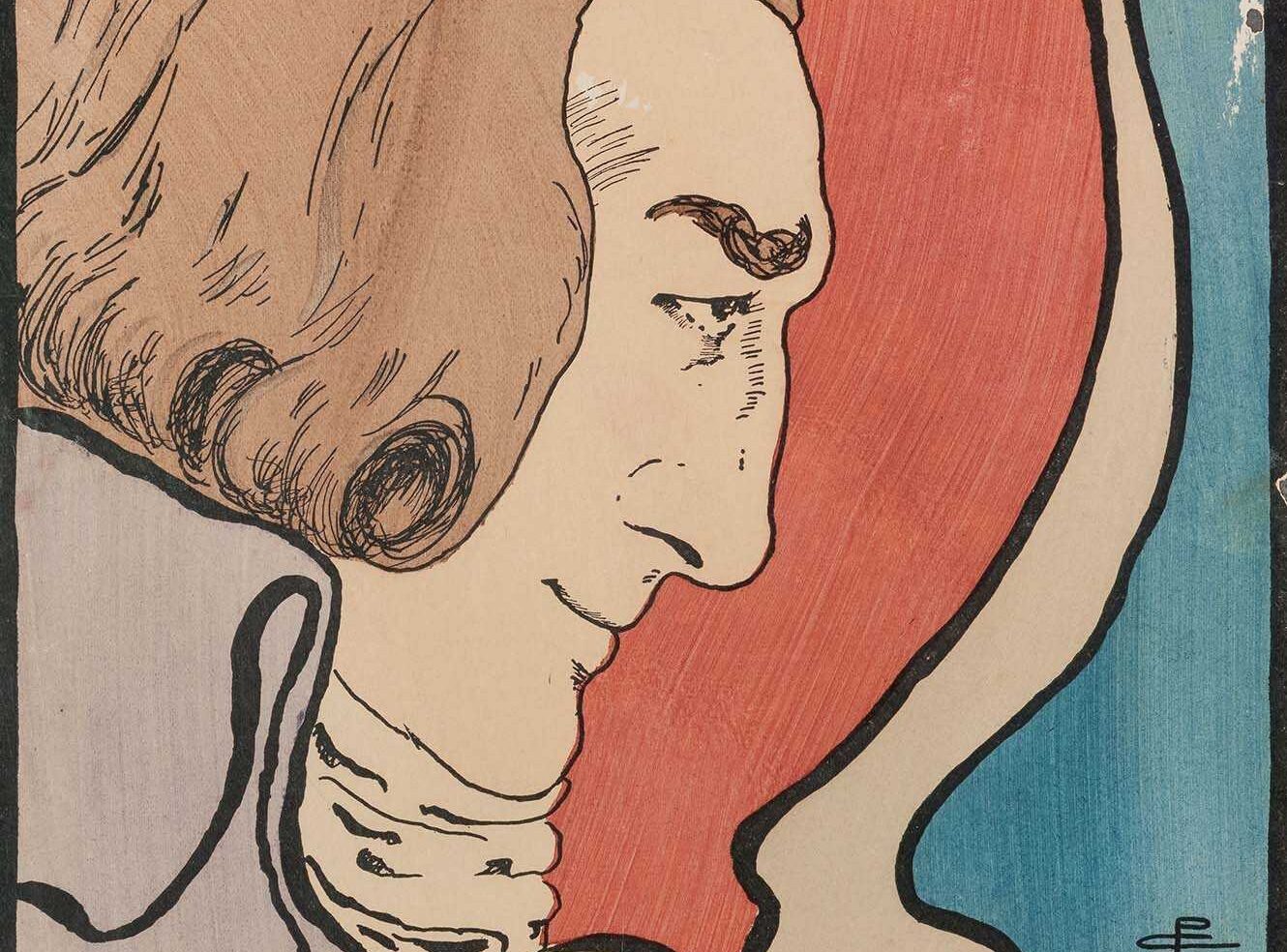Who Killed JFK?

Image © Bowling Green State University
At 12.30pm on Friday 22 November 1963, three shots rang out over Dealey Plaza Park in Dallas. Lee Harvey Oswald had fired three 6.5mm Carcano bullets from the sixth floor window of the Texas School Book Depository, two of which struck President John F. Kennedy. Thirty minutes later JFK was dead.
That’s the official story. The Warren Commission set up to investigate President Kennedy’s death concluded that Oswald had acted alone. Despite this, 59% of Americans today believe Oswald had help. In the years between 1966 and 2003, up to 80% believed there was a cover up. “Who killed JFK?” has been the biggest question of the past fifty years.

Image © Bowling Green State University
Drawing on underground publications in Popular Culture in Britain and America, 1950-1975, I have looked into some of the more interesting conspiracy theories as to who killed Kennedy.
Conspiracy Theory #1: The CIA
A 1978 special edition of the Los Angeles Free Press alleged that the CIA framed Oswald months before the killing. According to the article’s author Mark Lane, a man dubbed the “father of JFK assassination conspiracy theories,” the CIA secretly created false ties between Oswald and the KGB, as well as orchestrating a fake escape plan to Cuba.

Image © Bowling Green State University
Conspiracy Theory #2: John Connally, Governor of Texas
According to the Los Angeles Free Press, White House aide Jerry Bruno considered two locations for the President’s luncheon speech: the Women’s Building and the Trade Mart. The former came with a socially diverse audience, and was supported by Texas Senator Yarborough. The latter was more exclusive, ensuring only the “Fat Cats” could attend, and was supported by Governor Connally. Despite the Trade Mart posing a higher security risk, Connally got his way. Kennedy was assassinated en route to the Trade Mart luncheon.

Image © Bowling Green State University
Conspiracy Theory #3: Fidel Castro
A 1975 edition of the Ann Arbor Sun alleges that Fidel Castro was behind the assassination: “Washington Columnist Marianne Means revealed last month that [President] Johnson… doubted Oswald had acted alone. He suggested Oswald may have been acting under orders of Fidel Castro in retaliation for CIA plots to assassinate the Cuban premiere.”

Image © Bowling Green State University
Conspiracy Theory #4: John F. Kennedy
It’s the most bizarre theory yet. A 1964 edition of the satirical magazine The Realist quotes a man who contended that Kennedy organised the assassination himself. Why? ““Medical reports had indicated that he had less than 90 days to live due to an intensified malign spinal cancer.” “Why not die a martyr?” asks The Realist.
Similar conspiracy theories abound. The history of these theories charts the lingering shock waves of an event which so shattered the optimism of post-war America that it still haunts the nation today. Perhaps what is most absurd about JFK’s death is not the conspiracy theories, but the event itself. As Norman Mailer poignantly wrote in Oswald’s Tale:
It is virtually not assimilable to our reason that a small lonely man felled a giant in the midst of his limousines, his legions, his throng, and his security. If such a non-entity destroyed the leader of the most powerful nation on earth, then a world of disproportion engulfs us, and we live in a universe that is absurd.
You can read more underground press publications in Adam Matthew's Popular Culture in Britain and America, 1950-1975.
Recent posts

Foreign Office, Consulate and Legation Files, China: 1830-1939 contains a huge variety of material touching on life in China through the eyes of the British representatives stationed there. Nick Jackson, Senior Editor at AM, looks at an example from this wealth of content, one diplomat’s exploration of Chinese family relationships and how this narrative presented them to a British audience.

The Nineteenth Century Stage is a rich resource exploring the theatrical celebrities, artistry, and changing social roles of the era. It highlights Pamela Colman Smith, known for her Rider-Waite tarot illustrations and theatre work, whose influence shaped Victorian theatre. Despite being overlooked, her life and impact are vividly captured through striking art and intimate collections within this valuable resource.
